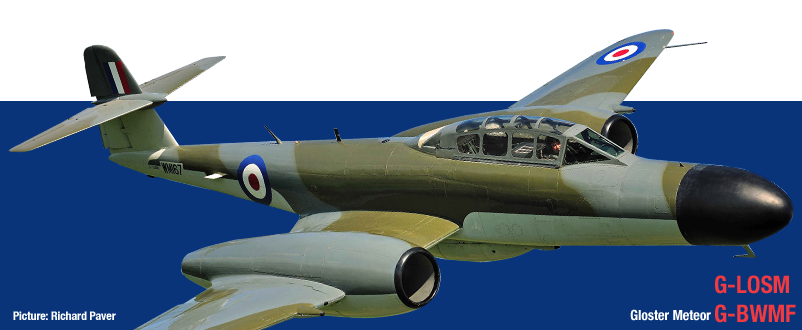
G-AMSV Returns to Coventry
An old friend returned to Coventry yesterday when G-AMSV, in her striking Indian Air force livery, landed here for extensive maintenance by our engineers. Sierra Victor was part of the Air Altantique fleet here for many years. She'll...
Baginton Air Pageant
The initial details for the Baginton Air Pageant are up on the website! As we don't have the space for a full-on air show attracting 20,000 or so people, we're aiming for low-key, themed days like this. A couple of thousand people,...
Newquay Pleasure flights
We promised we'd be back to fly in Cornwall, and here we are. We'll be heading south with a Rapide and Chipmunk to spend a week at Newquay from 25th July, with a further visit planned in August. The flights are bookable in the normal...
New Dakota Book
Geoff Jones just told me that his new book on the DC-3, released to celebrate the 80th anniversary of the Dak's appearance, is now available. The cover sports a lovely shot of G-ANAF, shot by Simon Westwood before her radome goiter was...
Nimrod Engine Run
We've just confirmed plans by NPT to run all four of the Nimrod's Rolls-Royce Speys on Saturday 9th May. We expect the thunder to start just after lunchtime. Come along and enjoy some audio power - and please dip into your pockets...


The Gloster Meteor was the first British jet fighter and the Allies' first operational jet. Designed by George Carter, the ‘Meatbox’ first flew in 1943 and the first operational sorties were flown on July 27, 1944 by 616 Sqn at RAF Manston. The jets first combat was against the V-1 flying bombs and the first ‘kills’ were achieved on August 2.
Development of the type was rapid with ever improving versions being produced. The F.4 entered service just too late to see service during the war and was soon superseded by the F.8. By 1949 it became obvious that the handling techniques needed to fly a jet were very different to the skills currently held by RAF fighter pilots so the first of more than 650 dual-control Meteor T.7 was created. The Meteor also went on to prove its worth in the fighter reconnaissance role and proved especially well suited to night fighting.
Almost 4,000 Meteors were built and they served with nations across the globe. Today just a handful remain in airworthy condition. A pair are operated by Martin Baker as ejector seat trials aircraft, the last airworthy Meteor F.8 flies regularly in Australia and Classic Flight looks after a two others. Our NF.11 night fighter was one of the first classic jets to be flown in private hands and our T.7 will be the oldest airworthy jet aircraft when it takes to the skies after restoration.

